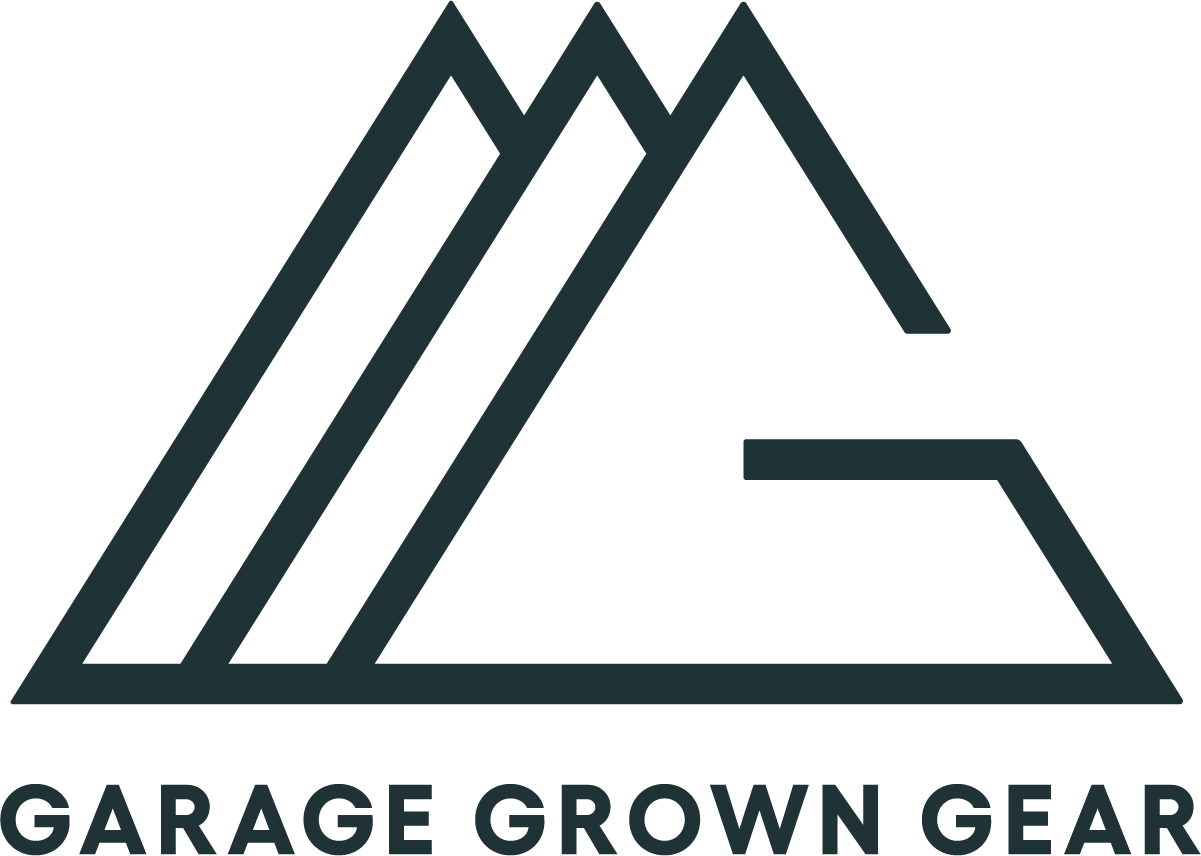Episode 102 | Polartec Alpha Direct
Episode Summary
In episode 102 of the Backpacking Light podcast you're going to learn about the origin, evolution, and use of Polartec Alpha Direct in modern ultralight layering systems.
Episode Sponsor
Today’s episode of the Backpacking Light Podcast is sponsored by Garage Grown Gear, your hub for all things ultralight. Garage Grown Gear is dedicated to supporting the growth of small, startup, and cottage brands. Today, we are featuring innovative products from those brands made with Polartec Alpha Direct, the lightest, most breathable, and most air-permeable fleece insulation available.
Discover the comprehensive selection of Polartec Alpha Direct hoodies, shirts, pants, socks, hats, and more from small, startup, and cottage brands.
Listen
Summary
In today’s episode of the Backpacking Light podcast you’re going to learn about the origin, evolution, and use of Polartec Alpha Direct in modern ultralight layering systems.

In this Episode:
Featured Brands and Products
An Alpha Direct hoody is an ultralight way to carry fleece that's more comfortable and breathable than a traditional fleece.
- available in both 60g and 90g weights
- very high air permeability for fleece
- when worn under a shell, very high warmth-to-weight ratio
- not as durable as grid fleece or pile
- Rare combination of adjustable ventilation, high MVTR, high APR.
- Expensive.
- High APR may not be the best option for low-exertion activity in high winds.
Note: Alpha Direct is commonly available in 60 gsm (grams per square meter), 90 gsm, and 120 gsm weights. Lighter weights are suitable for 3-season active insulating layers for hiking in cool conditions, or as pajama layers. Heavier weights are best used for inactive insulation (e.g., in camp) or during the winter. Alpha Direct is used in torso and pant layers, caps, and socks. Because of durability limitations, Alpha Direct socks should be relegated for sleeping and in-camp use only.
Discover the comprehensive selection of Polartec Alpha Direct hoodies, shirts, pants, socks, hats, and more from small, startup, and cottage brands.
Main Topic: Polartec Alpha Direct
- US Military’s PCU (protective combat uniform) and how it relates to outdoor clothing layering systems – lightweight undergarments, midweight undergarment, fleece, wind jacket, soft shell jacket and pants, wet weather jacket and pants, extreme cold weather parka and pants
- Comparing Polartec Alpha fabric (required to be stitched to unbreathable shell fabrics) with Polartec Alpha Direct (does not require to be stitched to unbreathable shell fabrics)
- The Polartec Alpha Direct as a multifunctional layering piece – as a warm insulated outer layer, as a base layer, as a warm insulated layer within a storm system, insulated layer within a breathable windshirt system
Links, Mentions, and Related Content
- Wilderness Skills: The Dirt Catwalk: Modern Layering Ensembles for Backpackers
- Gear Testing & Research: By The Numbers: Rethinking Fleece
Submit a Tip, Trick, or Question
Share your tips, tricks, and questions on the podcast – submit it via email to [email protected].
Go Deeper with Backpacking Light
- Sign up for the Newsletter.
- Become a Backpacking Light Member.
- Follow us elsewhere on the web: YouTube | Instagram | Facebook
How to Subscribe
- Apple Podcasts | Spotify | RSS
More Episodes
Credits
- Executive Producer - Backpacking Light; Show Director and Host - Ryan Jordan; Producer - Chase Jordan; Theme music: Look for Me in the Mountains written by Chris Cunningham and Ryan Jordan, performed by Chris Cunningham (acoustic guitar, lead and harmony vocals, harmonica), Chad Langford (upright bass), and Tom Murphy (mandolin), produced by Basecamp Studios in Bozeman, Montana.
Feedback / Tips / Questions
More Backpacking Light
- Sign up for the Newsletter.
- Become a Backpacking Light Member.
- Follow us elsewhere on the web: YouTube | Instagram | Facebook
Disclosure
- Sponsorship Policy: Backpacking Light does not accept compensation or donated/discounted products in exchange for product mentions or placements in editorial coverage, including any podcast episode content not excplicitly identified as sponsored content.
- Some (but not all) of the links in these show notes may be affiliate links. If you click on one of these links and visit one of our affiliate partners (usually a retailer site), and subsequently place an order with that retailer, we receive a commission on your entire order, which varies between 3% and 15% of the purchase price. Affiliate commissions represent less than 15% of Backpacking Light's gross revenue. More than 70% of our revenue comes from Membership Fees. So if you'd really like to support our work, don't buy gear you don't need - support our consumer advocacy work and become a Member instead.
- Learn more about affiliate commissions, influencer marketing, and our consumer advocacy work by reading our article Stop wasting money on gear.








Home › Forums › Episode 102 | Polartec Alpha Direct